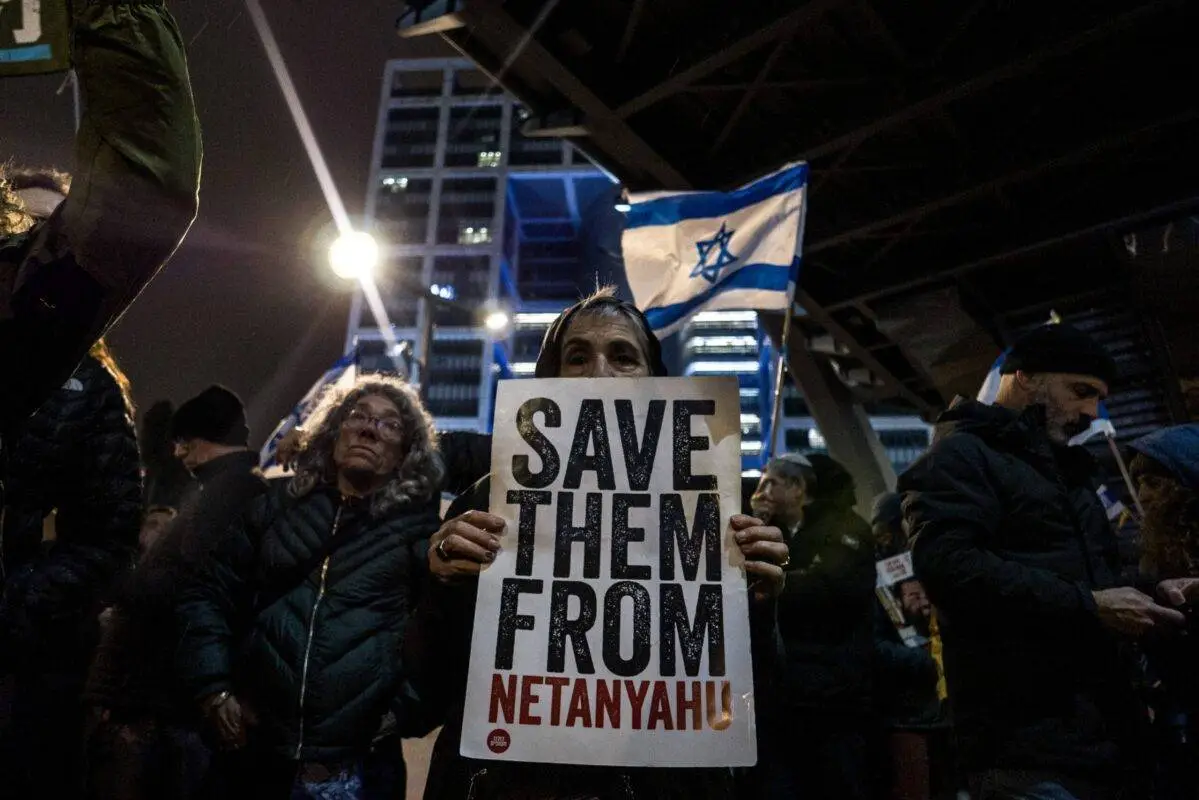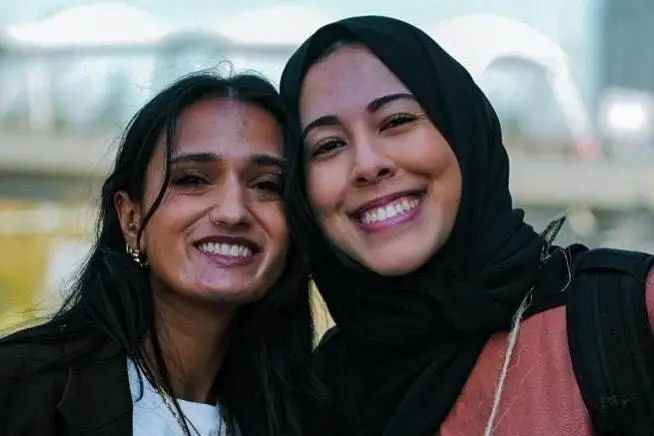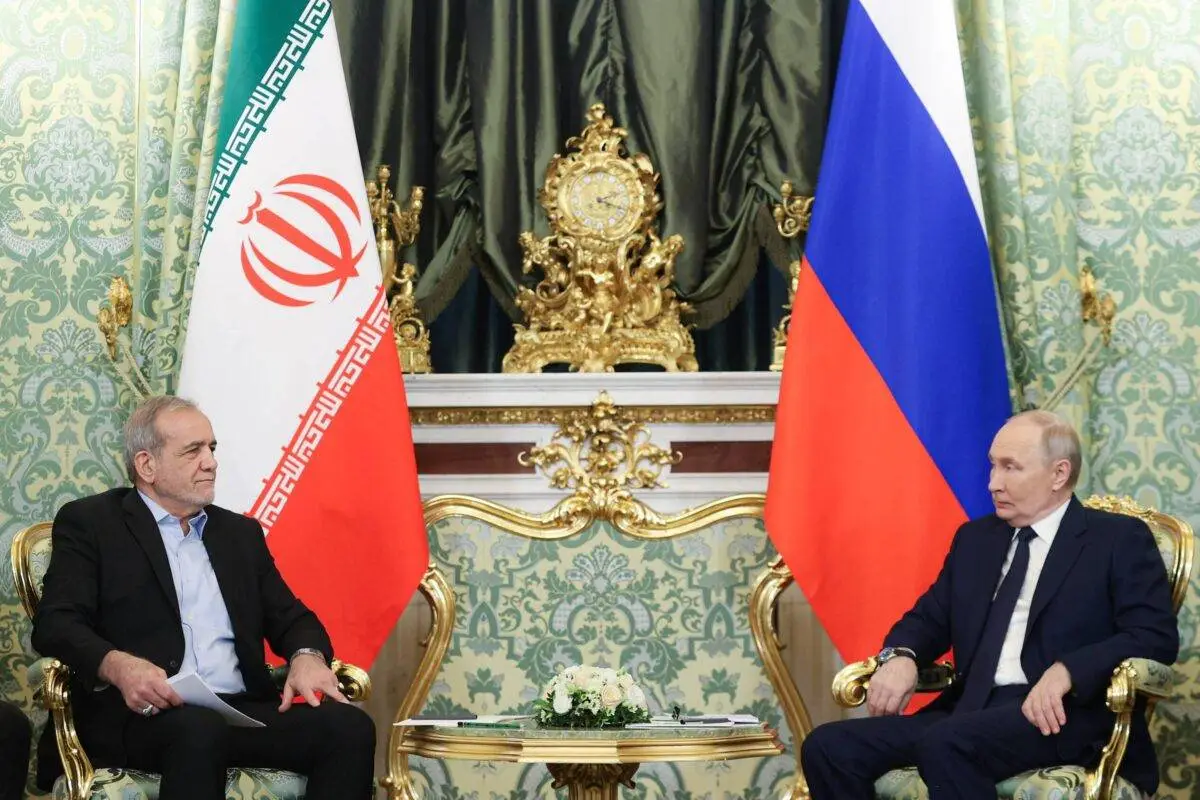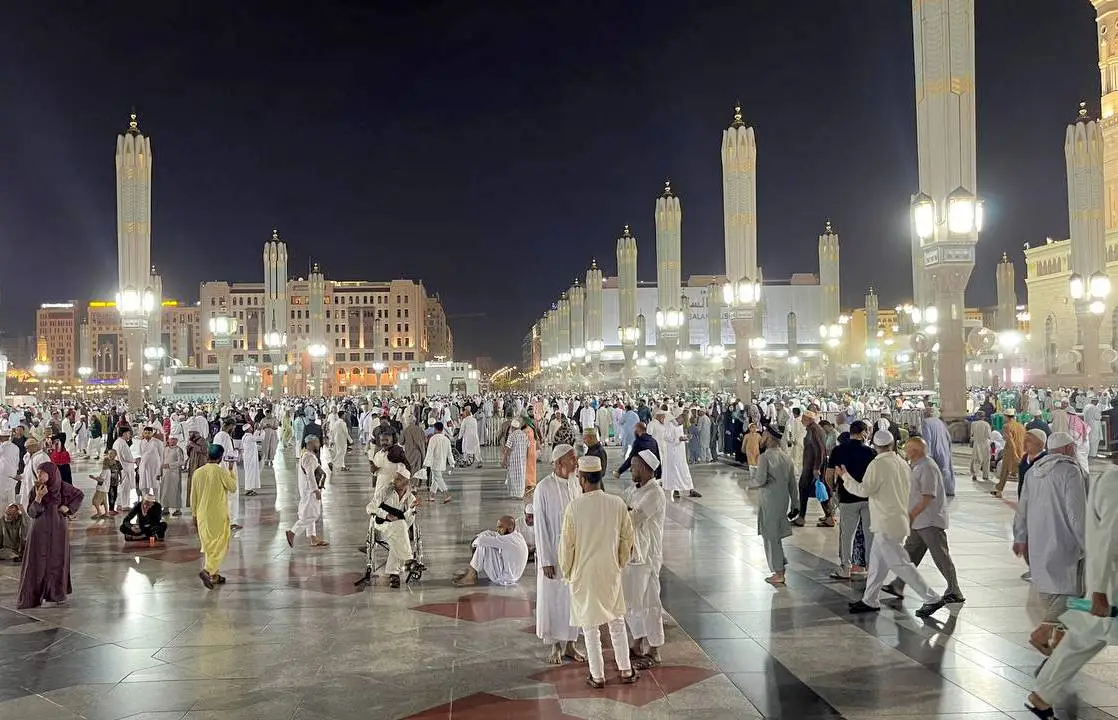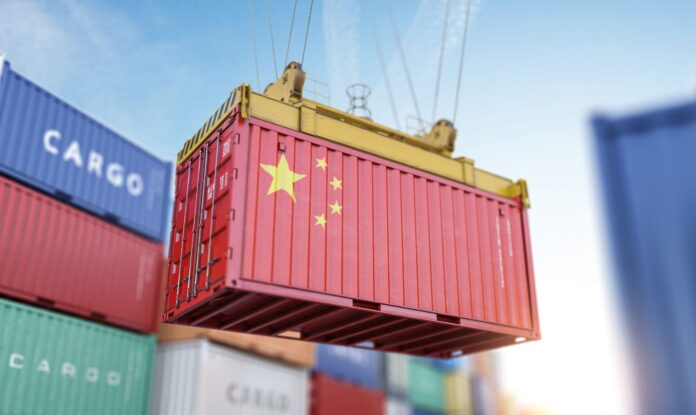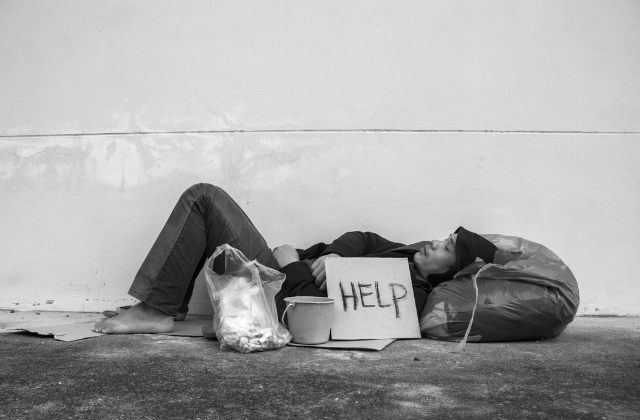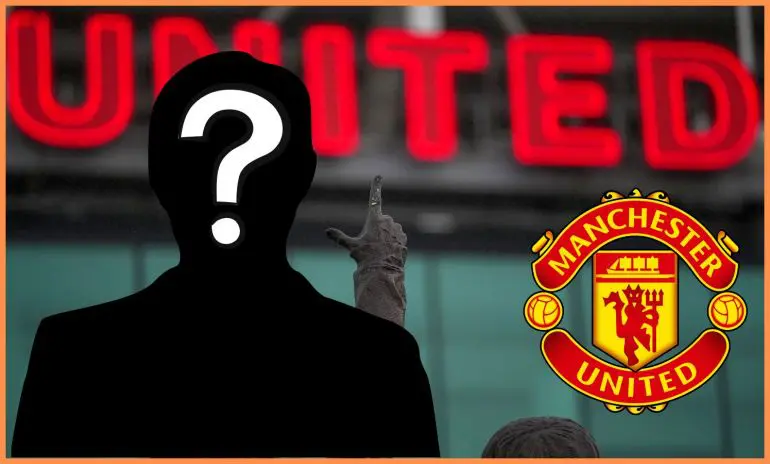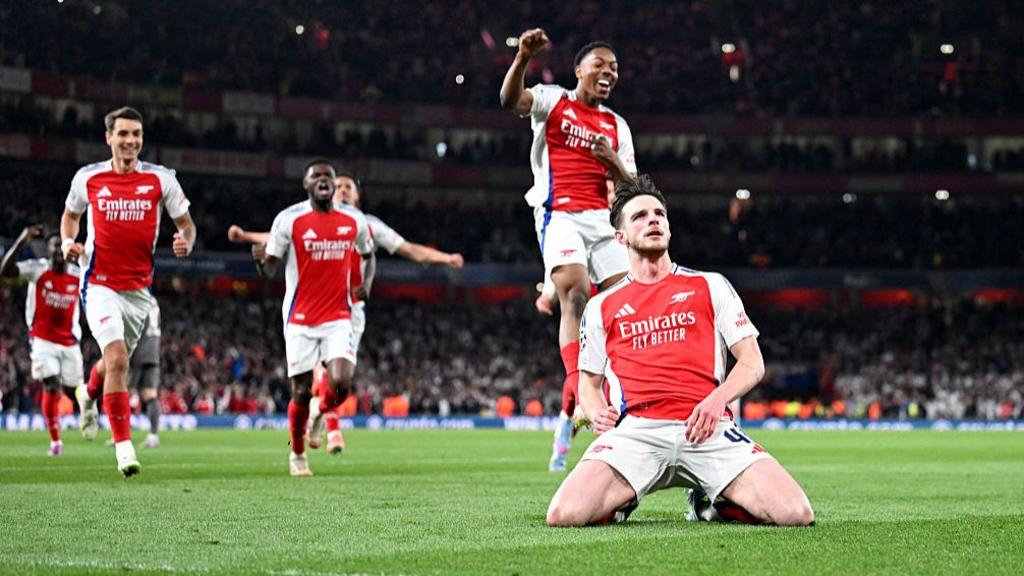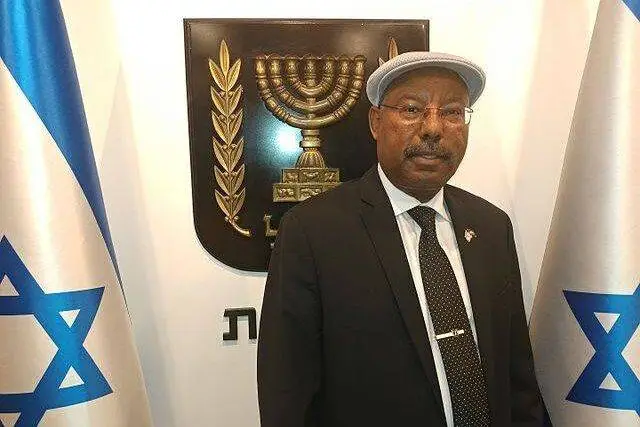As concerns over the fate of captives held by militant groups escalate, thousands of citizens took to the streets of Israel in a series of protests demanding their safe return. The demonstrations, which began in multiple cities, were fueled by rising anxiety among families and communities about the wellbeing of their loved ones. Many participants carried banners reading, “Bring Them Home,” highlighting the emotional weight of the situation.
The protests surged in the wake of the controversial dismissal of the Shin Bet chief, a move that stirred widespread debate regarding national security and the handling of hostage situations. Critics argued that the firing of the Shin Bet chief, who had been instrumental in counter-terrorism efforts, was poorly timed and could jeopardize ongoing negotiations for the captives’ release. As one protester stated, “We need strong leadership now more than ever. The safety of our loved ones is at stake.”
The public’s dissatisfaction with government responses to the hostage crisis underscored a broader sentiment that the administration was not doing enough. Families of captives expressed frustration, feeling that their plight had been overshadowed by political maneuvering.
Throughout the protests, speakers rallied crowds with impassioned calls for action, urging the government to prioritize the captives’ return. “This is not just a political issue; this is a human issue,” one speaker noted, echoing the sentiments of many. The atmosphere was charged with a mix of hope and despair, as participants grappled with the uncertainty of their loved ones’ fates.
The streets echoed with chants that emphasized unity and resilience, as demonstrators sought to draw attention to the urgent need for a resolution. The protests also drew attention from international media, raising awareness of the situation beyond Israel’s borders. Analysts noted that the public outcry could compel the government to reconsider its strategies regarding negotiations with militant groups.
While some citizens voiced support for the military’s approach, others argued for a more diplomatic solution. The division in public opinion highlighted the complexities of the hostage crisis, revealing differing perspectives on how best to secure the captives’ safe return.
As the protests continued, they became a focal point for broader discussions about national security, the ethics of military action, and the responsibilities of the government to its citizens. The demands for clarity and action resonated deeply within the community, driving home the urgency of the situation and the need for decisive leadership in the face of adversity.

